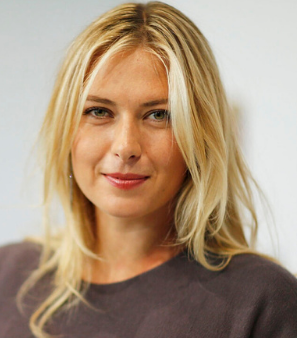This show marks the first time that the photography of Vivian Maier has ever been shown in the UK, said Sarah Kent on The Arts Desk. Her story is a “riveting” one. Maier (1926-2009) came to America as a child, the daughter of a French mother and an Austrian father, and worked as a nanny in Chicago for 40 years. In her spare time, however, she “wandered the streets taking photographs”. And what pictures they were, taking in everything from inventive street scenes to unorthodox self-portraiture, serving as a document of city life in the second half of the 20th century. Yet until recently, they “were seen by almost no one, including herself”; it was only when the contents of the storage unit where she kept them were auctioned off and the pictures started being published in 2011 that her work came to light. She had died two years earlier, “unaware that she would soon be regarded as one of the greatest 20th century photographers”, on a par with Robert Frank or Diane Arbus. This exhibition brings together a stellar selection of images from Maier’s 140,000-strong archive – and “it is pure pleasure”.
Maier described herself as “a spy”, said Adrian Searle in The Guardian. In her years as a nanny, she would use her charges as “an alibi”, taking them on what she called “shooting safaris”: she would lead them to locations including the slaughterhouses, “the ghettoes and the rows of shotgun houses, the tenements and the burnt-out lots” in search of things to photograph, also hoping to give the “privileged kids” she looked after an experience of what life was like in “the poorest parts of town”. The images themselves are almost surreal: in one, a young black man rides a horse “bareback” under an elevated railway; in another, a “fully clothed man” sleeps on an “empty Long Island beach”.
Most “intriguing”, given her day job, are Maier’s photos of children, said Sean O’Hagan in The Observer. In one instance, she captures a young girl, “arms crossed”, in front of a shop window, “her gaze so intent it takes a moment to notice her dirt-streaked face and eyes brimming with tears”. She “photographed children as she did adults: as themselves, without artifice or sentimentality”. But she was also capable of more formal studies, such as her picture of a stylishly dressed woman with two children, standing in an art gallery. Maier often photographed herself, stepping into the frame with “a quiet self-assurance” that speaks of her own “blithe indifference to any form of recognition”: not only did she never display her photos, but many of them were never even developed. From the evidence of her “rich and varied” work, “Vivian Maier never doubted her own artistic worth. She just did it her way.”


Average Rating